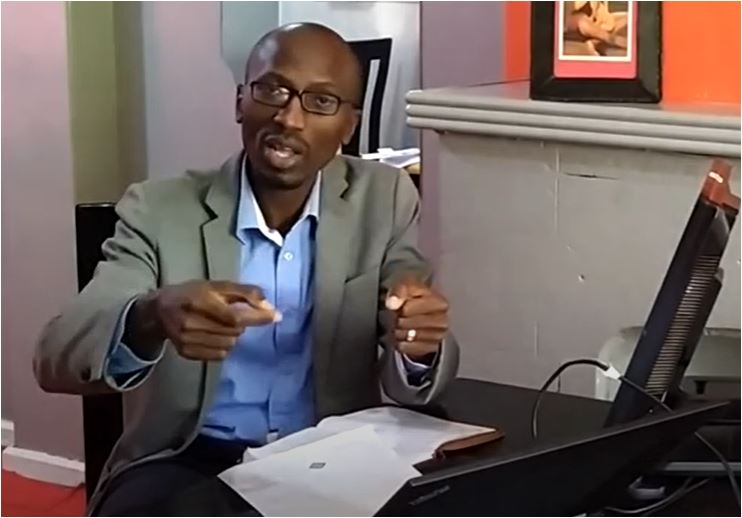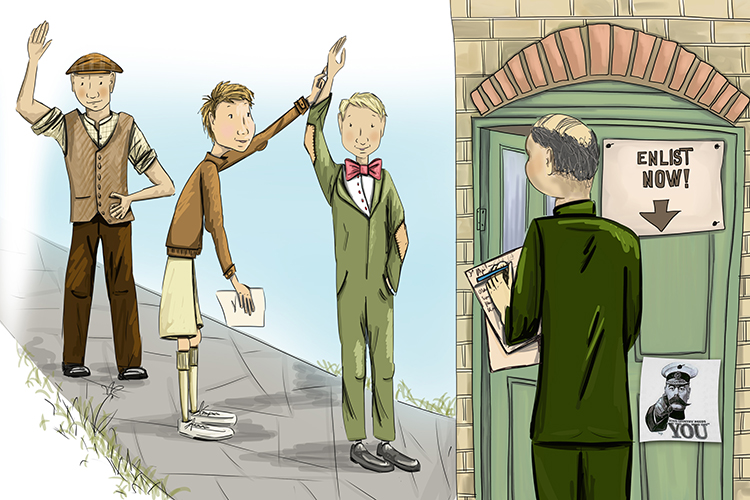


In order to have criminal liability there must be criminal conduct. Criminal conduct is conduct that is without justification and without excuse. Voluntary act is the “conduct” part of criminal conduct. Many crimes don’t include a criminal intent or bad result, but only rarely does a crime not require a criminal act.
Voluntary act is a "willed bodily movement". If the mental state that guides the bodily movement is not "conscious", then that mental state is not a willing, or volition, and the bodily movements that it guides are therefore not voluntary actions.
Punishment as mentioned in various statutory acts is meant to punish people for what they do and not who they are. In order to have criminality, attitudes need to turn into deeds. Deeds leave no doubt about the criminal nature of the act. Criminal intent is usually inferred from actions of individuals.
Characteristics of Voluntary Acts
Examples of Non-voluntary acts
Important notes
Omissions
It is “easy” to support punishments for those who prey upon and cause harm to others through their acts (i.e. rape, robbery and murder). The more difficult question arises when people stand by and do nothing when harm is being caused to others around them. Failing to act can satisfy the voluntary act requirement. Some of the important points to note about omissions are:
Omissions are only criminal if there is a legal duty to act, enforceable by law, and not merely a moral duty to act. Legal duties to act arise in 3 ways:
NOTE: sometimes a special relationship is created by assuming the care of another
Possession
Kinds of possessions:
Actual and Constructive possession can take two forms:
JOSEPH WAMBIRWA MWATHI (APPELLANT)
AND
REPUBLIC (RESPONDENT)
Facts of the Case
Issues of the Case
The issues i have derived are:
Issue recorded in the case:
Rules
Analysis of the Case
Circumstantial evidence in the case and on record irresistibly implicates the appellant with the commission of the offence and there seem not be any other hypothesis or extenuating circumstances.
Conclusions of the Case
Statutes Mentioned
Related Cases
Questions worth pondering, and you can add your point of view in the comments sections below:
NZUKI………………… APPELLANT
VERSUS
REPUBLIC……….…… RESPONDENT
Facts of the Case
Issues of the Case
Rules
Analysis of the Case
Conclusions of the Case
JANE BETTY MWAISEJE .................APPELLANT
JOHN LUNGAZO MUGIZA .................APPELLANT
DANIEL MUNUBI AZERE ....................APPELLANT
AND
REPUBLIC........................................RESPONDENT
Facts of the Case
Issues of the Case
Rules
Analysis of the Case
Conclusions of the Case
Case Laws :: Voluntary Act
Case Facts
A convicted murderer successfully appealed his conviction on the question of a non voluntary act causing the discharge of a handgun resulting in the death of his victim. Brown had claimed that the shooting was accidental, caused when he was bumped by another party, causing the weapon to fire. The appeals court ruled that the trial court erred when it failed to instruct the jury on the requirement of determining a voluntary act caused the discharge of the weapon.
Summary of Case Holdings
Voluntary act which leads to an involuntary act is sufficient to constitute the actus reus. Brown v. State: court found sufficient evidence to allow the jury to receive an instruction about voluntariness (Brown held gun which discharged when someone bumped him)
Case Facts
Mrs. Cogdon had murdered her daughter with an axe, while “dreaming” that the home was under attack by soldiers…Somnambulism Medical and psychological evidence supported the defense claim that Mrs. Cogdon did not intend the consequences of her acts, as she was “asleep”. Mrs. Cogdon was acquitted of the murder of her daughter by a jury which determined that “the act of killing itself was not, in law regarded as her act at all.
Summary of Case Holdings
Acts committed while asleep do not constitute a voluntary act
Case Facts
Decina was subject to unpredictable epileptic seizures, and chose to operate a motor vehicle despite his prevailing medical condition. During a seizure which followed while operating the car, Decina lost consciousness and killed 4 children on the sidewalk. The court held that the voluntary act was the conscious decision to operate the vehicle and disregard the known consequences that he knew might follow.
Summary of Case Holdings
Defendant voluntarily got into the car (knowing he was subject to epileptic seizure) and thus he killing was not an involuntary act.
Case Facts
A lower court was reversed in a case of Murder, Robbery and Kidnapping when it failed to instruct the jury before deliberations on the defense of automatism, after the defense demonstrated evidence supporting unconsciousness. The court held that the trial judge should have instructed the jury on the defense of unconsciousness.
Summary of Case Holdings
Acts committed while person is unconscious are not voluntary acts as a matter of law.
Case Laws :: Omissions
Case Facts
In this case, the court determined that the failure to perform a duty imposed by evidence of a contract may be the basis for a charge of criminal homicide. The Pestinakas’ failure to provide food and medical care which they agreed to (creating an oral contract) was sufficient to support a conviction. The court found that the jury instruction was appropriate, and the conviction was affirmed.
Summary of Case Holdings
A failure to perform a duty imposed by contract may be the basis for a charge of criminal homicide. The Pestinakas’ failure to provide food and medical care which they agreed to (creating an oral contract) was sufficient to support a conviction. The jury instruction was appropriate. (Pestinakas)
Case Facts
A special relationship can be created by assuming the care of an individual. Carol Ann Oliver took an extremely intoxicated man into her home, assisted him with the means to “shoot up” in her bathroom, later observed him lapse into unconsciousness, left him unattended to return to the bar, told her children to drag the man out of the house, where he was left to die. The initial assumption of care in this case created and imposed a legal duty, the failure of which constituted a criminal omission (involuntary manslaughter).
Summary of Case Holdings
A special relationship can be created by assuming the care of an individual. The assumption of care creates a legal duty, the failure of which constitutes a criminal omission.
Case Facts
Santos Miranda was living with his girlfriend and her two children 5 months, when he called 911 to report the 4 month old child was “choking on milk”. Miranda admitted acted as a “step-father” to his girlfriend’s children. Upon examination at the hospital, it was determined that the child had multiple severe injuries. The court later determined that anyone who saw the child would have had to notice the injuries, deformities and reactions. A defendant, acting as a father figure, to the victim assumed a “familial relationship” (even though there was no marriage or blood relationship) upon which a duty of care may be established.
Summary of Case Holdings
A defendant, acting as a father figure, to the victim assumed a “familial relationship” (even though there was no marriage or blood relationship) upon which a duty of care may be established.
Case Facts
37 individual “bystanders” watched as Winston Mosely stalked, and stabbed Kitty Genovese in 3 separate attacks over 35.None of these “good people” called the police, even though a single call could have potentially saved her life. A moral duty does not constitute the basis for a criminal omission
Summary of Case Holdings
A moral duty does not constitute the basis for a criminal omission.
Case Laws :: Possession
Case Facts
“Although constructive possession can be implied when the contraband is in the joint control of the accused and another, joint occupancy of a vehicle standing alone is not sufficient to establish possession.” The state had to, and did, prove additional factors to determine constructive possession, including:
Summary on Court Holdings
“Although constructive possession can be implied when the contraband is in the joint control of the accused and another, joint occupancy of a vehicle standing alone is not sufficient to establish possession.” The state had to, and did, prove additional factors. (Court looked at all surrounding factors and determined constructive possession)
Case Facts
A bar bouncer followed company policy and confiscated 14 packets of cocaine seized through a frisk of a customer seeking entrance to the club. The bouncer turned the substance over to police who responded to the bar for a separate incident, and was arrested for possession. The court held that temporary and innocent possession of illegal drugs (by a person who confiscates them from one possessing them illegally) is a defense to prosecution for possession Practical Policy considerations require this result:
Summary of Court Holdings
Temporary and innocent possession of illegal drugs (by a person who confiscates them from one possessing them illegally) is a defense to prosecution for possession (People v E.C.)Policy considerations require this result.
Sources